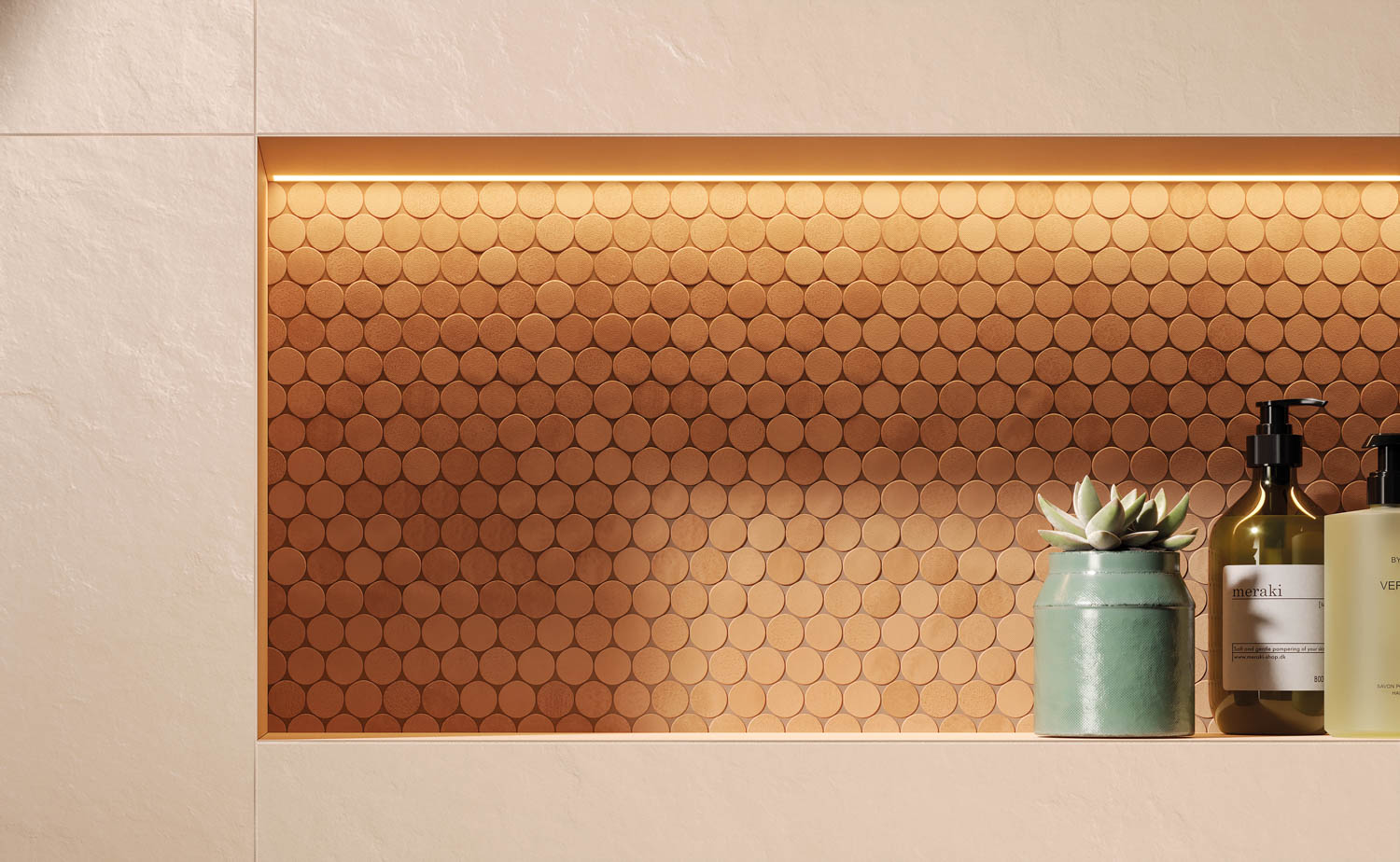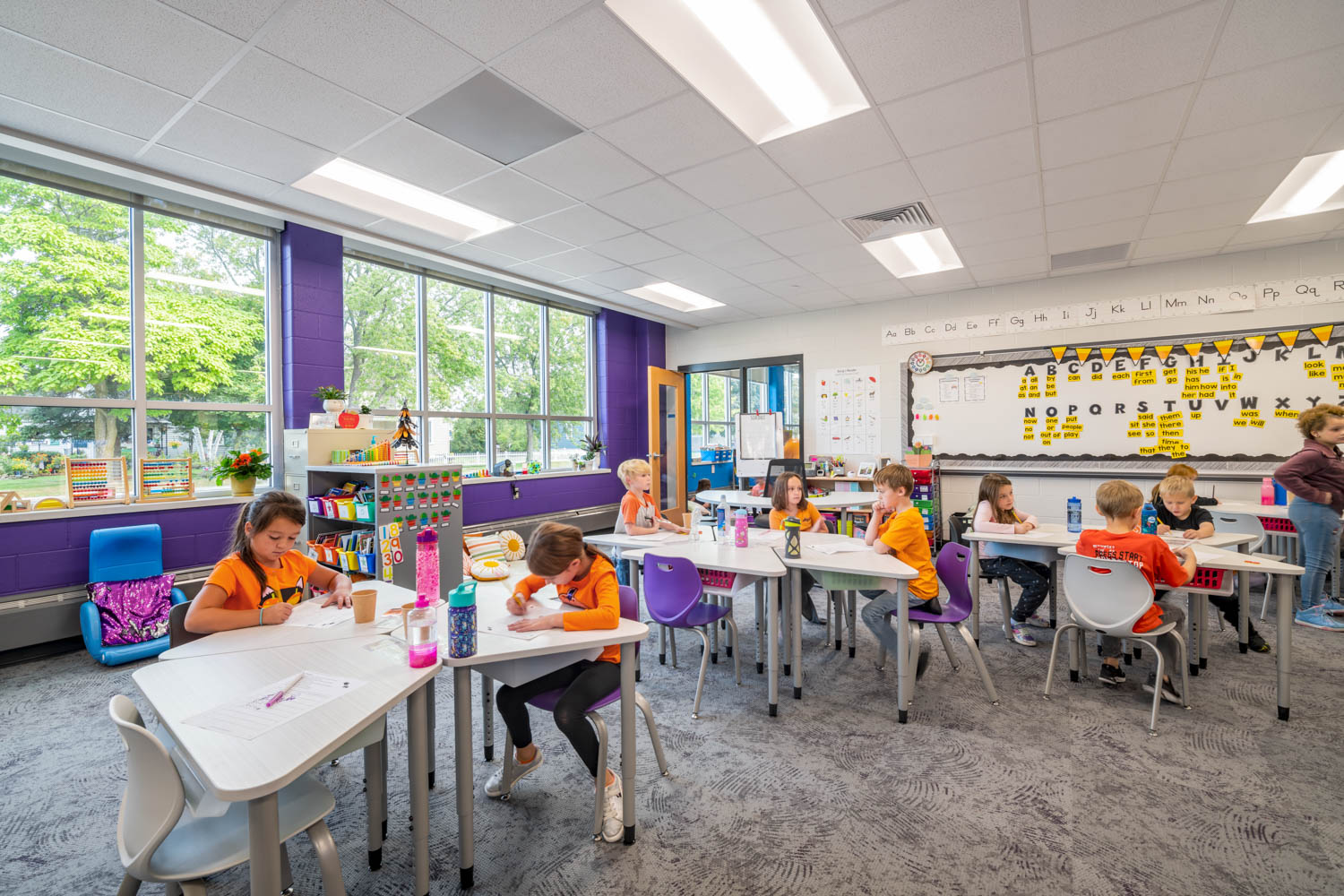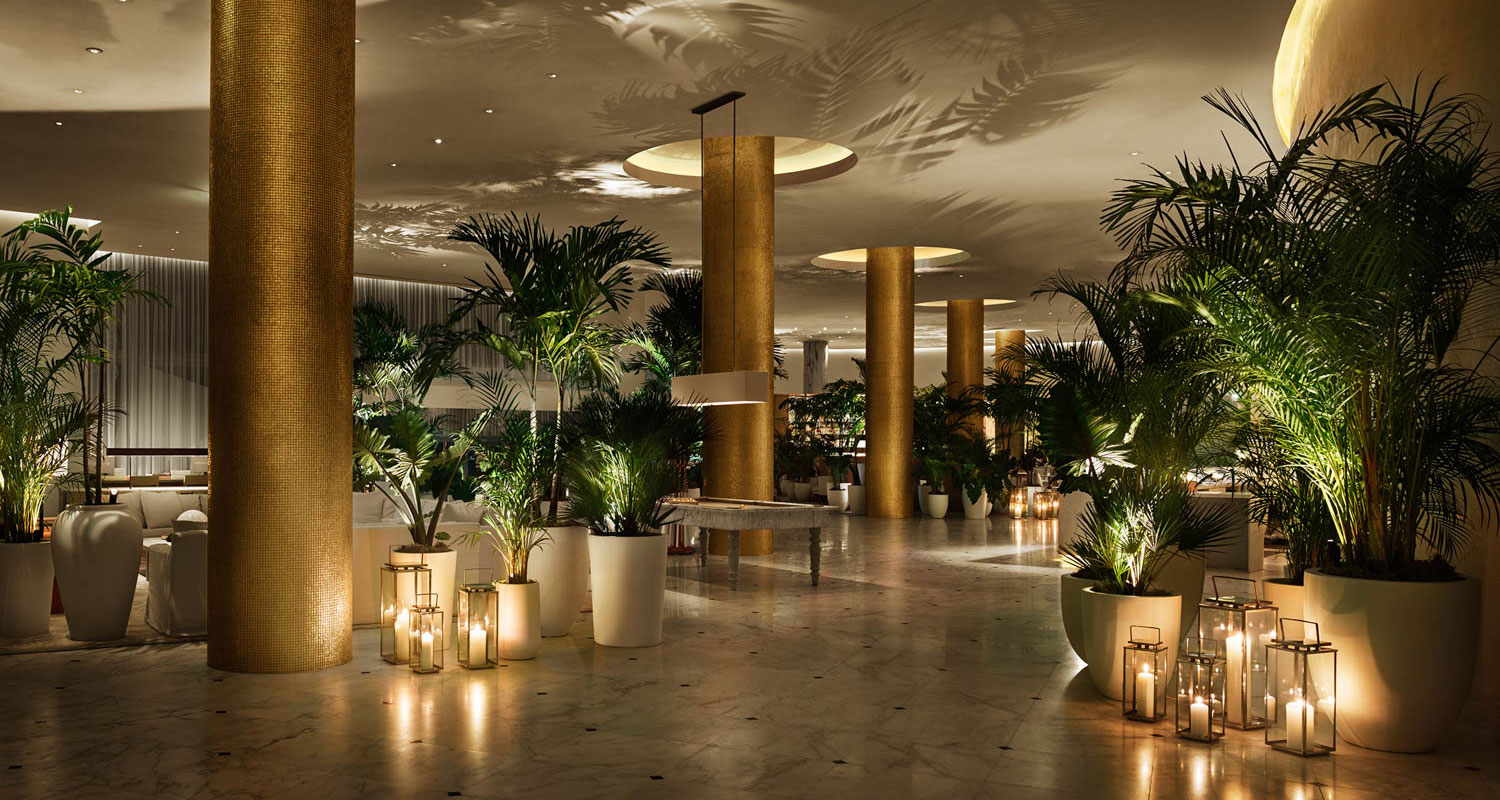10 Questions with… Ed Ng of AB Concept
Ed Ng of AB Concept.
AB concept
—helmed by design duo Ed Ng and Terence Ngan—is a leader in global hospitality, restaurant, commercial, and residential design. Based in Hong Kong with a second office in Bangkok, the firm has brought its unique perspectives on luxury and brand identity to major hotel brands such as Mandarin Oriental, Four Seasons, Shangri-La Hotels and Resorts, W, and Waldorf Astoria. Recently out from
ORO Editions
,
The Language of Luxe: The Work of AB Concept
offers visual moments from the firm’s first twelve years of operation.
Here, Ed Ng—a graduate of
Hong Kong Polytechnic University
who began his career at
Chadda Siembieda & Associates
followed by
P&T Architect & Engineering
before launching AB Concept with Ngan—offers his take on craftsmanship, design essentials, and AB’s unique vocabulary.
Interior Design: Your new book is called
The Language of Luxe: The Work of AB Concept
. What do you feel your work, and this book, adds to the conversation surrounding true “luxury”?
Ed Ng: Luxury means something different to everyone—in this part of the world, especially. Hong Kong is a very commercial city and people often think that luxury equals dollar signs. To me, this is incorrect. Luxury is about taste and, more importantly, comfort. When I started putting the book together, the last thing I wanted to do was put together a company portfolio. My team and I took out hundreds, thousands of images and spread them out in the conference room. We pinned them around and looked for similarities, creating groups of images. It was a good exercise in crystallizing what we’ve been doing for the past twelve years. We explore color in a unique way. We like to play with scale. We’re about sensual lighting. It occurred to me that there’s a definite vocabulary there, and that is how we speak—through our design.
A three-bedroom villa’s swimming pool and master bedroom at the W Retreat and Spa Bali in Seminyak, Bali.
ID: What do you feel is the necessary approach to a major hospitality project—experienced by so many people, and looked at as a means of “pushing” design?
EN: There are three core pillars in our office we use to approach and elevate the work, and it’s these three key words I ask my staff to always remember—“architectural,” “couturier” and “sensual.” By “architectural” we mean having all the necessary functional requirements—great circulation, an understanding of the client’s operational requirements, and a resolution of the larger architecture challenges. By “couturier” we mean that everything should be unique—using refined materials, custom elements, and fine detailing. And “sensual” is where the humanity comes in. It’s like with a human being… You have a skeleton, then you’re well groomed and dressed, and then you need charisma to communicate your personality to others.
ID: What has focusing on the hospitality world offered you as a designer?
EN: One thing I really enjoy about hospitality work is that it takes me to different places, even just within China. Beijing has a totally different culture than Shanghai. It constantly brings me back to storytelling. Designers are storytellers in the same way that a movie director is a storyteller.
ID: What current projects are keeping your team busy and satisfied?
EN: One meaningful project is a Shangri-La hotel—the first five-star hotel in Qufu in the Shandong Province, the hometown of the Chinese philosopher Confucius. Not only is this the birthplace of such an important philosopher, it’s the center point between Beijing and Shanghai. Luckily for us, it has been undeveloped. Now that high-speed train travel exists, the time has come for it to have more livable accommodations. At the same time, we’re working on a W hotel in Beijing, a Shangri-La renovation in Sydney, and the very first Conrad hotel in India—in Pune, on the outskirts of Mumbai.
The bathroom of a one-bedroom villa at the W Retreat and Spa Bali in Seminyak, Bali.
ID: As a truly global designer, would your say there are macro trends that indicate a next wave of looking at construction and design?
EN: I’m in my mid-forties now—one of those typical students with his design education in early nineties. That was prime time for minimalism, when we all tried to hide the light switches and strip everything down to a minimum. It takes a while for these concepts to be realized. Now, I think everything has become so simple, and people need something with a sense of craftsmanship and a personal touch. Also, we’re in a virtual world and everything is done online these days, so handmade crafts suddenly have halos above them.
ID: How does everyone on your team contribute to your design philosophy, and how do you instigate creative exploration?
EN: There’s a very close dialogue with our designers, based upon a clear narrative. We say, “Let’s think about the script, the movie, the storyboard… What story do we want to tell?” Usually Terence [Ngan] and I like to control the floor plan at the beginning, and then we sit with the team and do sketches together. I insist on hand sketches—I don’t want hand sketching to be something kept in a museum.
Young talent is so important for the office. We have a trainee program from a design school in Hong Kong—it involves a few months of drafting, a few months in the library, and a few months of doing narrative. This brings a lot of new energy to the office. They dare to dream, and we teach them the professional practice. It’s a win-win.
ID: What kind of dynamic do you like to have with your clients?
EN: I think a good designer needs a good client, someone who can have a dialogue. The whole point behind our work is how to come up with a design that will meet—then go beyond—their expectations. The different companies we work for—a Mandarin Oriental versus a Waldorf-Astoria—speak different languages, and produce different joys. An owner should have a very strong influence on the design.
The French Window restaurant at the IFC Mall in Hong Kong.
ID: Have you noticed a renewed interest in construction and development since the economy slowed a few years back?
EN: We all faced the same thing, but China was lucky in that it didn’t get hit as badly. China is rather undeveloped. Even at the lowest recession point, however, a lot of renovation came up—especially in the hospitality world. Cash is king during a recession, when occupancy rates drop at hotels and it’s a perfect time for a renovation. It was the best time to spend money to get a bargain for the best materials and contractors… That’s what I noticed.
ID: What’s your take on sustainability—beyond the notion of materials, and in terms of actual design? How do you keep a project relevant for a long time?
EN: Architecture—planning and function—has to come first. A designer might make a misstep when choosing a color or material, but the functionality has to last if the form goes wrong. Well-designed hotels can last several decades with good planning. It’s also very important not to follow the “here and now” trends in design. That will be out tomorrow. What we have to do is tell a story with a soul to it, that can last like a great song or movie.
ID: What are your earliest memories of good design?
EN: I think my answer will never change: The Park Hyatt Tokyo, the first Park Hyatt, designed by Hong Kong-based American designer John Morford. When I graduated from design school, people would have considered the Peninsula or Waldorf Astoria the height of luxury. But the Hyatt interpreted luxury in a serene way, rather than in an ornate way. Even two decades later, it’s still one of the most charming hotels in the world. It needs so little renovation—likely just a bit of wear and tear through the years. It’s very inspiring.






